Ovarian Cyst Removal Surgery
Article Content
My Ovarian Cyst Removal Surgery Experience
Discovery and Monitoring
I first learned that I had an ovarian cyst on Tuesday August 15, 2017 when I was admitted to the Metro South Emergency Room. You can read about my poor experience at the Metro South ER and Hospital here. I was in my second month of pregnancy and I had this awful cramping, shooting pain on my right side that was causing me to throw up uncontrollably and not be able to keep something as simple as water down. To this day I don’t know what caused all of those symptoms (it was a short stay at the hospital for observation), but one good thing that came out of the experience was discovering the cyst on my right ovary.
Because of the cyst I had to get a few extra ultrasounds than would be usual during my pregnancy to make sure the cyst wasn’t twisting (read more about ovarian torsion) or negatively effecting our growing daughter in my womb.
By May 4th, 2018, my first follow-up after delivering my daughter, the wheels were slowly setting in motion for a removal plan. First my wonderful OBGYN Dr. Yen wanted me to do a couple more ultra sounds now that I was no longer pregnant and we could get a clearer picture. I was scared of surgery so I put off the first ultrasound until July 22nd and the last one for September 22nd after that. These ultrasounds were ordered to check the size of cyst to see if it was still growing and to see how it was changing since giving birth and healing up.
Lo and behold the cyst was getting bigger each time and had become complex, rather than simple. Complex means it is opaque and you can’t see through it; essentially the liquid inside of the cyst had changed and could mean cancer or nothing dangerous at all.
Deciding To Have Surgery
Obviously Dr. Yen nor I wanted to take any chances, whether it was cancerous or not. If an ovarian cyst that is 10cm bursts it will be very painful and if it doesn’t it could twist and cause a real emergency. As I said, I was scared to do surgery, hopeful that it would shrink and naturally resolve itself as I had heard it had done for other women, but I knew I had to schedule this surgery for peace of mind, my health, safety, and for my daughter. Being the best mom I can be means taking care of myself so I can be there for my daughter. Also, since we’d be over our deductible our insurance would being paying for almost all of this surgery, best time to nip the cyst in the bud.
Surgery Prep
The minimally invasive laproscopic surgery to remove the cyst on my right ovary was scheduled for Thursday, November 15th, 2018. Usually at your doctor’s appointment your physician’s nurse is given the timeframe you’d like to schedule the surgery and then she calls you back with a date was able to secure for you and you decide whether it works for your schedule.
Then you get a call a week or a few days later from someone at the hospital you picked for the procedure who registers you. Then a few weeks later you get another call from a nurse to double check they have all your information correct in their system like allergies, prior surgeries, medical conditions, medications, etc. You will also get a call closer to your surgery day from a nurse who will schedule you to come to the hospital to do a type and screen blood draw so that they know how your white blood cells and other stats about your blood are, as well as your type so that they have on hand blood in case a transfusion has to be done during the surgery. Transfusion is for emergency situations only.
Prep wise all you need to do before surgery is the night before you can’t eat past midnight and two to three days before surgery you can’t shave your legs or anything off your body.
To not feel so nervous for the surgery I actually succeeded doing that whole mind over matter trick. First I tried to pretend in my head that it would be just like getting my wisdom teeth taken out because that was considered a surgery. But of course the fear was still in me, only I was stopping it from manifesting in weird ways like dying my hair, which I did for other reasons too but chiefly because I thought about the possibility of death from doing this surgery. I tend to scare myself too well and think the worst, but by late October was getting calmer and more confident about the surgery. The pretending it was no big deal was working. Also I thinking chatting with my mom who works in healthcare, chatting with a Tinley Park Mom named Alyssa who had surgery experience, and in general not being afraid to ask opinions of others also was helping me get my mind right.
Surgery Day
The day of the surgery you are asked to arrive an hour and a half before your scheduled time usually. I had my surgery at Silver Cross Hospital in New Lenox, Illinois where Eileah was born. I checked in upstairs on the second floor where the main entrance of the hospital is located. It was a beautiful sunrise with pretty snowflakes falling. I took it as a sign of good luck.
You wait about thirty to forty minutes in the special lounge with a board that tells you where all patients are in their surgery timeline. This is where your designated driver/loved one can see the progress of your surgery, whether you’re still in the operating room or if you’ve been transported to the holiday room where patients slowly wake up. In the photo below, I’m patient 10202 in the orange square.
You are brought to a special room just for you where you wipe yourself down with special cleaning pads and put on your surgery gown. Once you’re vitals have been taken (like heartbeat, temperature, etc.) your friend or family member can back and hang out with you. An anaesthesiologist comes in at one point to ask you some questions so he knows how to make sure you’re safe and soundly asleep during the surgery. Unfortunately for me I waited almost two hours until going in for my surgery because a prior case went over its time. But there is TV so you have something to pass the time. The real downside is that you can’t eat or drink anything which is tough after twelve hours of fasting.
Once it was my time to go into surgery it was really very simple. During that time you are waiting to go into the operating room (OR) they hook you up to an IV drip so you stay hydrated and your body nourished, so administering the stuff that puts you under happens when you’re not even expecting it. You really don’t remember much after that. For example my husband told me that Dr. Yen spoke to him after he spoke to me after surgery, but I could barely remember what we talked about.
You arrive in the OR and within a couple minutes you are out. The room doesn’t suddenly go black or anything jarring, everyone in the OR is super friendly and all smiles to make sure you feel that you’re in safe hands.
After Surgery
Once the anaestesia wears off after your surgery, you wake up and find yourself in a large room with other patients who are waking up. Your doctor will talk with you and you’ll forget, but don’t worry he or she will talk to your designated driver/loved one with all the details you need to do about post-op and how the surgery went.
After you’re officially awake you get brought back to that room where you wiped yourself down and waited to be taken into surgery. Your loved one or friend will come in after you. Nurses will give you cookies, juice or water since you’ll be famished and after an hour you can go home.
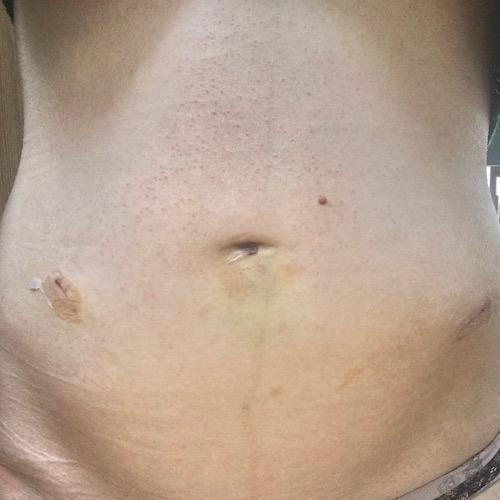
In my case the cyst was non-cancerous and was not attached to my ovary, it was higher up actually floating freely by my right falopian tube. I had built this surgery up so much as this scary, possibly life taking experience, but in the end it was the simpliest thing in the world. A walk in the park.
As you can see in the photo above, with laproscopic surgery focused on the female reproductive region your physician makes three incisions. One in the center in your belly button for the camera that will guide the surgery, then one on the left and right to maneuver the bag that he catches the cyst in and within which cuts the cyst into bits. What sucks is that you might develop a rash from one or more of the things they used on your skin during surgery. Read about how this rash of tiny pimply dots develops on your lower abdomen here. Use moisturizer, it helps make the rashy bumps disappear.
When you go home 600mg ibuprofen is prescribed along with pelvic rest for four to six weeks. Today is my fourth day post-op and I’m finally feeling better and able to sleep on my right side at least. The first two days were the hardest. On the first day you sleep a lot on the day after surgery and the second day you still feel like an old lady unable to feel quite as comfortable as you’d like. Interestingly, for some reason my left side is more sore than the right. What’s nice is by day three you will most likely be able to go about your day pretty much as usual. I would not recommend driving until the fifth day, oh and FYI: you can’t drive with the 600mg ibuprofen or other pain medication.
The one post-op instruction I haven’t been following is carrying my baby. I’m not supposed to carry anything over 10lbs, but since I’m tall I make sure I pick up my baby high enough so that she can’t kick my belly. I really don’t feel pain when I do it either, unless she kicks me or my stomach gets pressed. I love my daughter too much to go weeks without carrying her around our home.
So that was my ovarian cyst removal surgery experience. I hope it makes you feel less afraid to do it. It’s worth the peace of mind to do it for you and it goes without saying for your loved ones.
Update
On the ninth evening since my surgery (November 24, 2018) I was able to sleep on my stomach! You may expect the same, for those of you who will have laproscopic surgery on one or both of your ovaries.

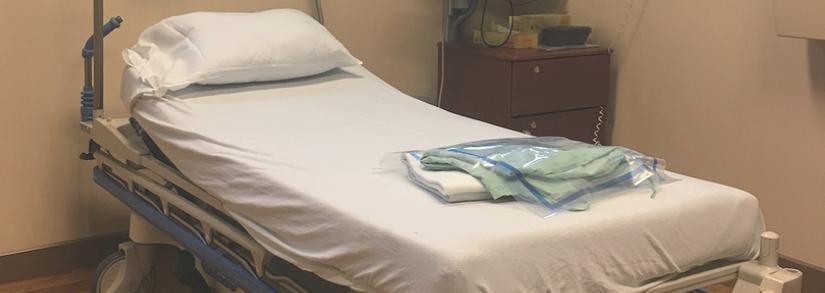
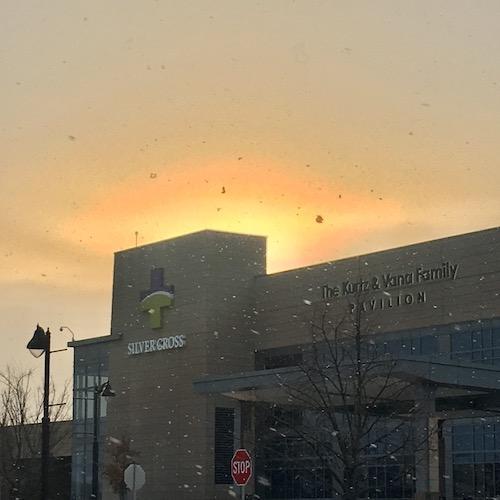
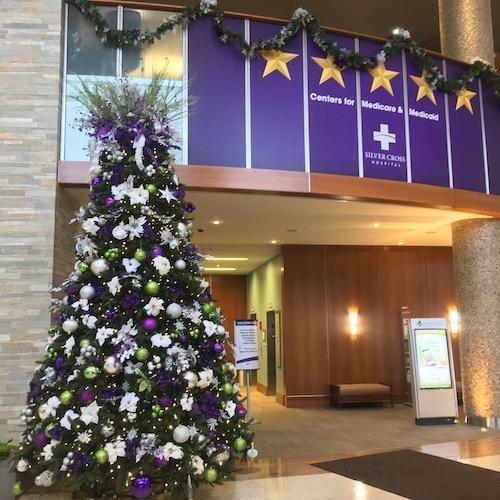
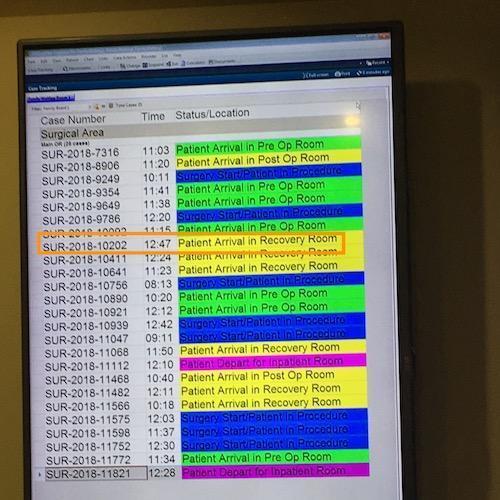
1 comments